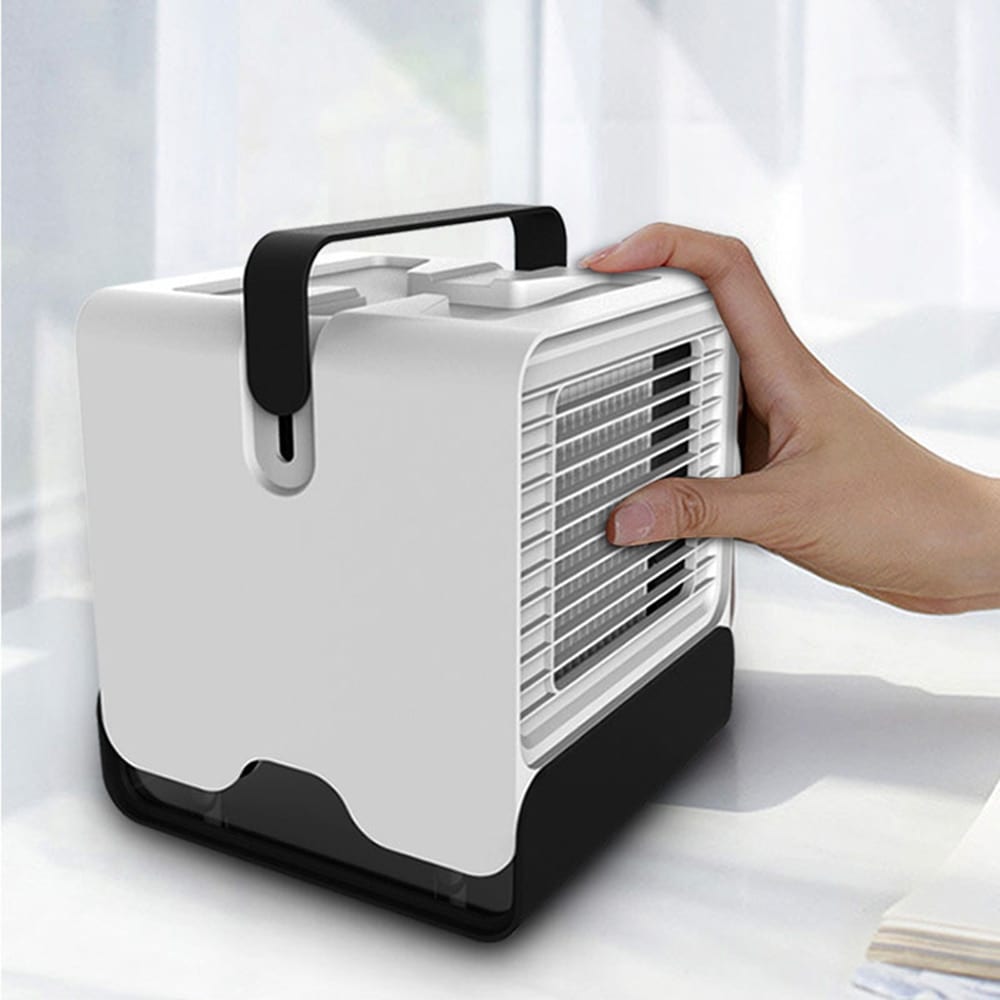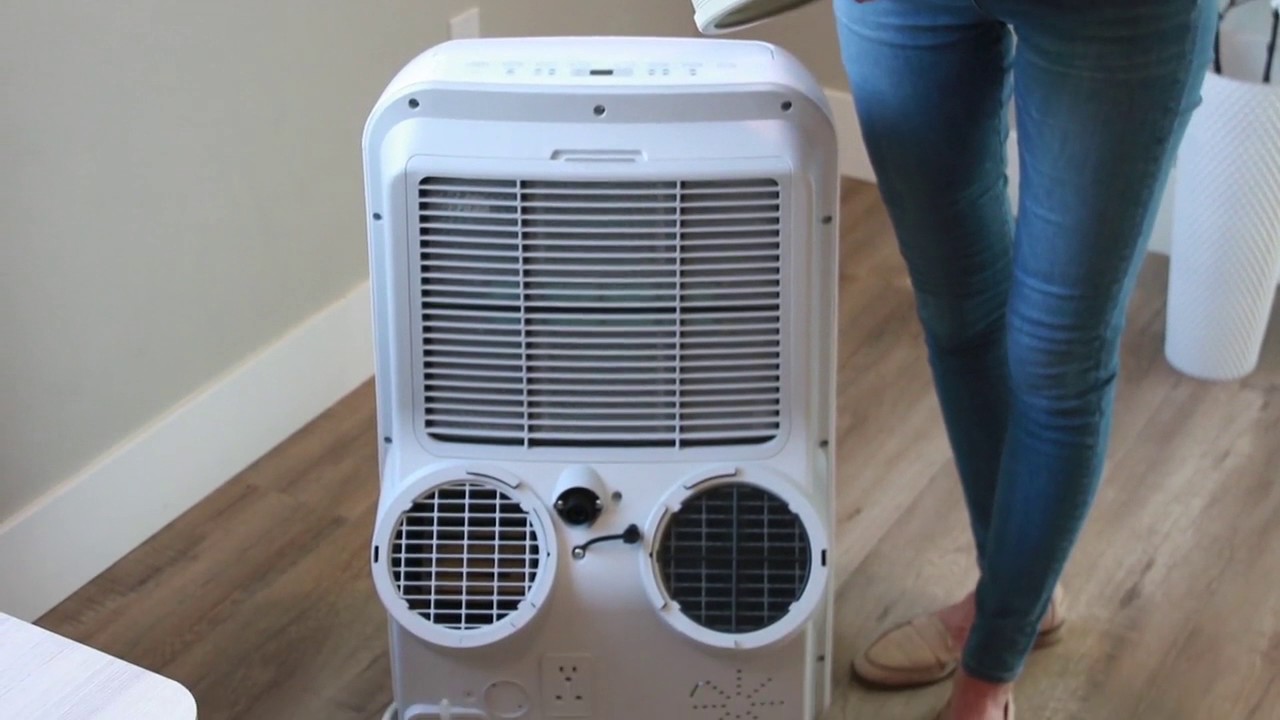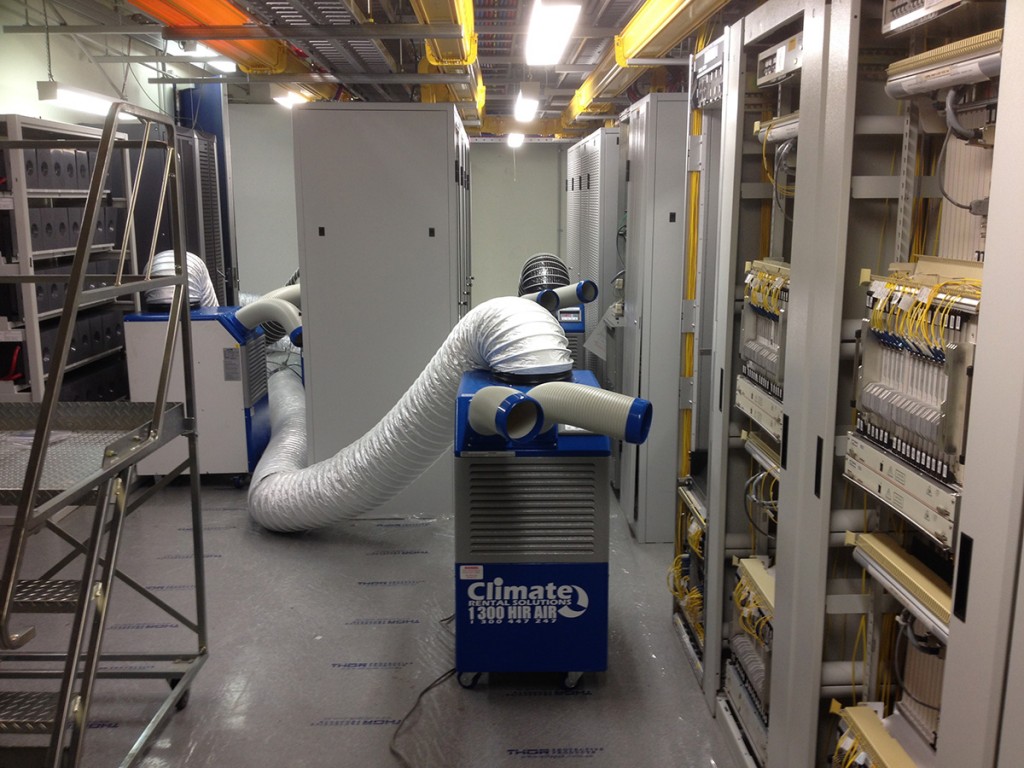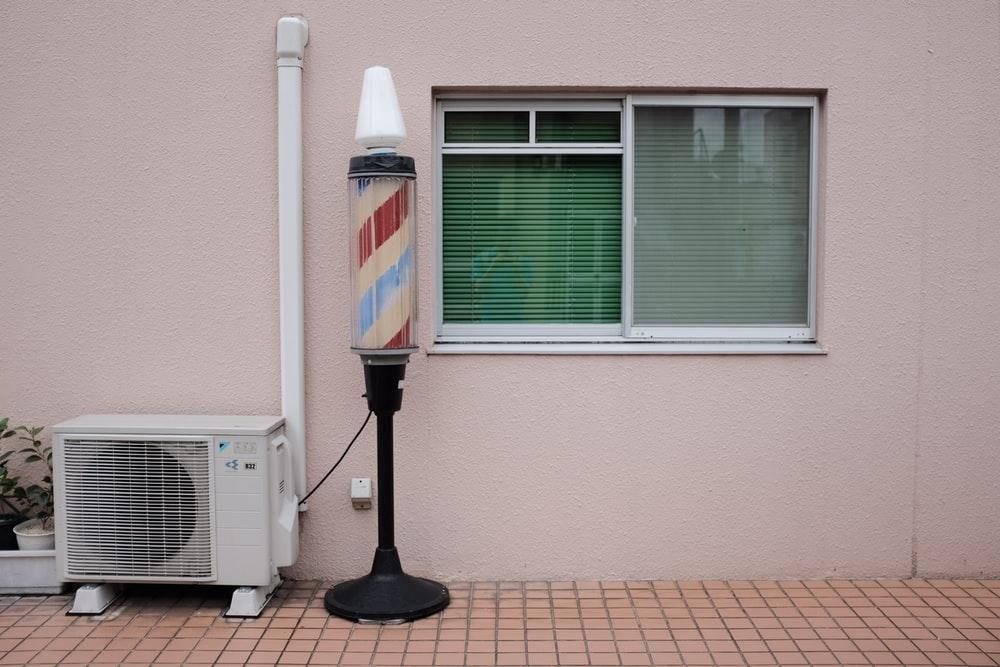It is that time of the year when there’s nothing funnier for the family than camping. But one thing is for sure; there can be a few inconveniences.
It could be the nuisance insects, unbearable heat if it’s summer or poor air quality if you are sharing the tent.
So, what can you do to improve the condition? The answer is carrying a small portable air conditioner.
Interestingly, you not only can use such air conditioners outdoors but also indoors. Consequently, a portable AC can come to your rescue in case your office or home AC is not working.
Why Choose a Small Portable AC?
The average small portable AC weighs 20 pounds. But there are a few others that weigh about 10 pounds.
So, these air conditioners are generally lightweight and stress-free to move around. Plus, being small means they occupy limited spaces, thus convenient to transport.

And if you are taking such a device to your office, it’ll not take much space. That means that not many people will even notice its presence, but they’ll just feel its effect.
Other benefits of small portable air conditioners are:
- They are efficient at cooling your space and circulating air
- Most of them come with silent modes to allow you to sleep noise-free
- Others come with heating units to warm your surrounding air during the cold season
Types of Small Portable Air Conditioners
Now that you know why you need a small portable AC, you should have an idea of what to get. Generally, these air conditioners come in the following types:
Exhaust Pipe (Ducted) Air Conditioners
Ducted air conditioners are the most typical air conditioning units out there. They come with an exhaust pipe that enables them to drive warm gases away.
When fitting these portable air conditioners, you need to take out the exhaust pipe, preferably through a window.
But in the case of a camping tent, you can direct it outside through any opening. The opening, however, needs to be closable to keep the room sealed and regulated.
Generally, ducted air conditioners come in two types:
Single-Hose Portable AC
Single-hose AC units operate by taking the warm air inside your space, cooling it, and then recirculating it. If there is any excess moisture/air, then it’s vented out through the unit’s exhaust pipe.
These air conditioners come with one exhaust pipe, thus the name single-hose.
But because of the single exhaust pipe, sometimes the outdoor air may find its way into your indoor space, leading to negative room pressure.
The problem with negative room pressure is that it could potentially drive in contaminated air.
But this shouldn’t render a single-hose AC ineffective. Provided there is air circulation; you should be okay.
Generally, single-hose portable air conditioners suit small and medium-sized spaces. Their primary advantage is that they don’t consume much power.
Dual-Hose Portable AC
Unlike a single-hose portable AC, a dual-hose AC comes with two exhaust pipes. One of them is dedicated to taking out hot air while the other drives in the air from the outside to cool it.
Because of this, these air conditioners don’t cause negative room pressure. That means there is a reduced chance of contaminated air to circulate indoors.

Generally, dual-hose AC units suit large spaces. Their downside is that they tend to consume more power than their single-hose counterparts.
So, if you are looking for an energy-efficient ducted AC, then go for single-hose options.
Battery-Operated Portable AC
Battery-operated portable air conditioning units are dependent on 12V batteries. A majority of them can run for ten or more hours before recharging the battery.
These air conditioners are not just small in size but also very lightweight. Some features USB ports for charging your mobile devices. So, the units are the best for camping.
Solar-Powered Portable AC
Solar-powered portable air conditioning units come with inbuilt solar panels that trap solar energy, which they run on.
The air conditioning units also come with an inverter system that allows them to continue running in the absence of the sun.
These air conditioners are not just energy-efficient but also cost-saving and environmentally friendly.
Evaporative Air Cooler (Swamp Cooler)
Unlike most portable air conditioners which rely on a refrigerant (a cooling chemical), an evaporative cooler depends on a fan system.
It’s the fan that blows cold air across your space.
The units also contain a water reservoir and cooler pads. The cooler pads absorb the water from the reservoir as the fan circulates it, bringing about a cooling effect.
So, such a portable AC not only cools down your indoor air, but it also dehumidifies it too. As a result, these units are an excellent pick in hot areas.
But since they don’t have the best cooling power, they just suit small and mid-sized spaces. You, however, can improve the cooling by adding ice packs in some models.
The other downside of an evaporative cooler is that you cannot set a specific cooling temperature. So, you have to cope with the one the manufacturer has preset.
The advantage, however, is that they are energy-efficient. And given that they use less electricity, they are sustainable.
These coolers are also a budget pick, especially for those who cannot afford air conditioners with inbuilt humidifiers. What’s more, they are just as effective outdoors as indoors.
Spot Coolers
Spot coolers are by far the most potent air conditioners with a power rating of 15,000 BTU (British thermal units) or more. Yes, they can be heavy but come in compact sizes to save on storage space.
If you are not planning to be lifting the air conditioner every day, a spot cooler could be a great choice.

Spot coolers come with programmable thermostats to allow you to preset their cooling temperatures. They are also silent in operation and easy to install since they are standalone units.
Plus, spot coolers can also dehumidify your space, thus great at preventing mildew and musty odor.
Conclusion
Above are the most typical types of portable air conditioners on the market. They may differ in designs depending on brand but promise to give you the flexibility of portability. So, consider them.






